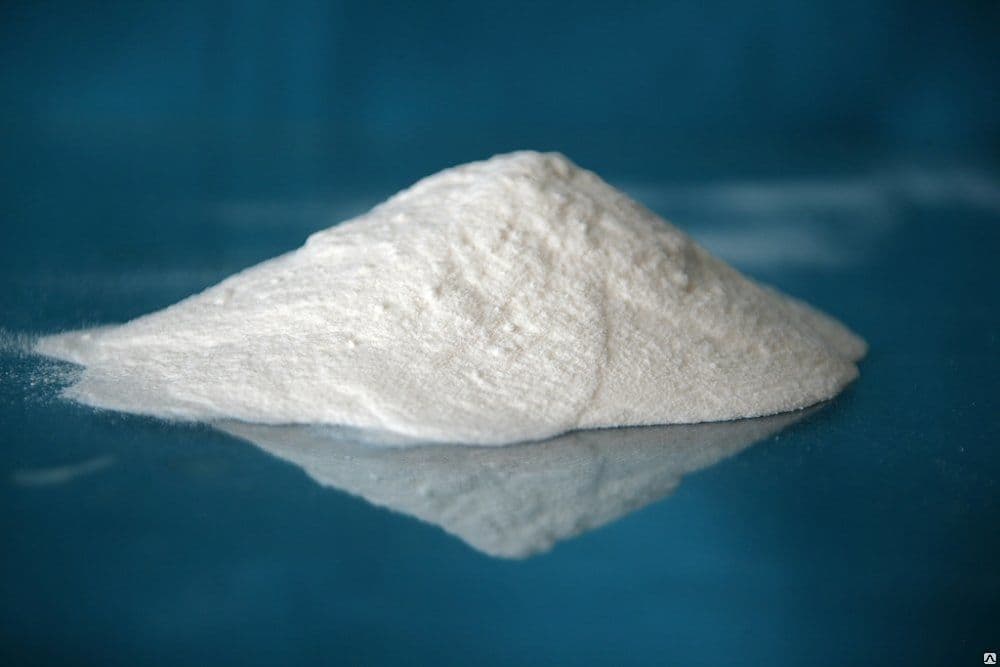5 major types of surface modification methods for silica

At present, the industrial production of silica is mainly based on precipitation method. The surface of the produced silica contains a large number of polar groups such as hydroxyl groups, which makes it easy to absorb water molecules, has poor dispersion, and is prone to secondary aggregation. problems, thus affecting the industrial application effect of silica. Therefore, most silica needs surface modification treatment before industrial application to improve its industrial application performance.
At this stage, chemical surface modification of silica mainly includes surface graft modification, coupling agent modification, ionic liquid modification, macromolecular interface modification and combined modification, etc. Although each modification process has its own advantages. and characteristics, but currently in industrial applications it is mainly based on coupling agent modification.
The principle of the surface graft modification method is to graft a macromolecular polymer with the same properties as the matrix polymer (such as rubber) on the surface of silica through chemical grafting. On the one hand, it can enhance the interaction between the particles and the matrix. And change the polarity of the particle surface, on the other hand, it can also improve the dispersion of silica itself. It is suitable for grafting polymers with smaller molecular weights. The conditions for grafting polymers with higher molecular weights are harsh.
2. Modification of silica coupling agent
The principle of coupling agent modification is to use some functional groups on the coupling agent to react chemically with the hydroxyl groups on the surface of silica black, thereby changing the group structure and distribution on the surface of silica black to improve compatibility with the matrix. and its own dispersion. Coupling agent modification has the advantages of good modification effect and high reaction controllability, and is currently one of the most widely used modification methods.
3. Silica black ionic liquid modification
Ionic liquids, also called room temperature ionic liquids, are molten salts composed of organic cations and organic or inorganic anions, which are liquid below 100°C. Ionic liquid modification uses ionic liquid modifiers instead of traditional organic phase modifiers to modify silica. Compared with traditional organic phase modifiers, ionic liquid phases are liquid at room temperature, have strong conductivity, and have high stability. It has the advantages of good solubility, non-volatility and low pollution, which is more in line with the requirements of green production, but the modification effect is poor.
4. Interface modification of white carbon black macromolecules
The modifier used in macromolecular interface modification is a macromolecular polymer containing polar groups. During the modification reaction with silica particles, the molecular backbone of the macromolecular interface modifier can be introduced into It has more polar epoxy groups while maintaining the basic main chain structure, thereby improving the compatibility between the silica particles and the matrix and achieving better interface modification effect. This method can synergistically reinforce the matrix with the coupling agent, but the reinforcing effect is low when used alone.
5. White carbon black combined with modification
Combining modification is to modify the combination of silica and other materials, combining their respective advantages to improve the overall performance of rubber products. This method can combine the advantages of two modifiers to enhance the comprehensive performance of the matrix, but the modification effect is closely related to the modifier ratio.
For example, carbon black and silica are both good reinforcing agents in the rubber industry. Carbon black is one of the most commonly used reinforcing agents in the rubber industry. The special structure of carbon black can enhance the tensile and tear strength of rubber materials and Improve its wear resistance, cold resistance and other properties; as a reinforcing agent, white carbon black can significantly improve the rolling resistance and wet slip resistance of rubber products, but its effect alone is not as good as carbon black. A large number of studies have shown that the use of carbon black and silica as reinforcing agents can combine the advantages of both to improve the overall performance of rubber products.
